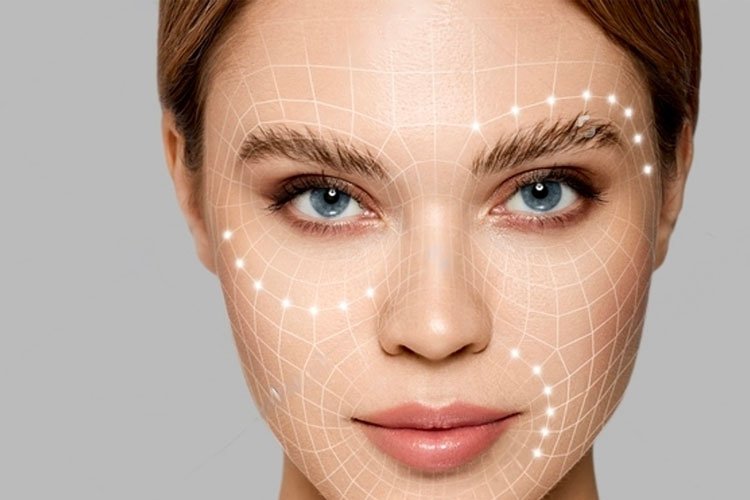Choosing the right facelift technique is a crucial decision for anyone considering facial rejuvenation. Two of the most effective and commonly performed procedures are the Deep Plane Facelift and the SMAS Facelift. While both aim to reverse signs of aging and restore a youthful appearance, they differ in approach, longevity, and results.
In this article, we’ll explore the differences, benefits, recovery times, and ideal candidates for each technique—helping you determine which facelift procedure is right for your aesthetic goals.
What Is a SMAS Facelift?
SMAS stands for Superficial Musculoaponeurotic System, a layer of tissue that lies beneath the skin and above the deeper facial muscles. The SMAS facelift technique involves lifting and tightening this layer to reposition sagging tissues and enhance facial contours.
Key Features of the SMAS Facelift:
- Targets mid and lower face, including jowls and jawline
- Lifts and repositions the SMAS layer without disturbing deeper structures
- Less invasive than a deep plane facelift
- Shorter recovery time (typically 2–3 weeks)
Pros:
- Natural-looking results when performed by an experienced surgeon
- Shorter surgical and recovery times
- Lower risk of nerve damage compared to deeper techniques
Cons:
- May not address deeper tissue sagging or nasolabial folds as effectively
- Results may not last as long as those from a deep plane facelift
What Is a Deep Plane Facelift?
The Deep Plane Facelift goes beyond the SMAS layer, releasing and repositioning deeper facial ligaments and muscles. This technique is designed to lift the entire facial structure, rather than just pulling the skin or superficial layers.
Key Features of the Deep Plane Facelift:
- Lifts the SMAS, muscles, and skin as one unit
- Particularly effective for addressing deep nasolabial folds and midface sagging
- Offers a more comprehensive and longer-lasting result
Pros:
- More dramatic, youthful, and natural-looking outcome
- Longer-lasting results (10–15 years or more)
- Better correction of volume loss and sagging in the midface
Cons:
- More complex surgery requiring high-level expertise
- Slightly longer recovery (2–4 weeks)
- May involve a higher risk of swelling and bruising initially
Deep Plane Facelift vs. SMAS Facelift: A Side-by-Side Comparison
| Feature | SMAS Facelift | Deep Plane Facelift |
|---|---|---|
| Depth of Lift | SMAS layer | SMAS + deeper tissues/muscles |
| Midface Rejuvenation | Moderate | Significant |
| Nasolabial Fold Correction | Minimal | Excellent |
| Longevity of Results | 5–10 years | 10–15+ years |
| Recovery Time | 2–3 weeks | 2–4 weeks |
| Surgical Complexity | Moderate | Advanced |
| Ideal for | Mild to moderate aging | Moderate to severe aging |
Which One Is Right for You?
Choosing between a Deep Plane Facelift and a SMAS Facelift depends on several factors:
- Age and Skin Condition: Patients in their 40s to early 50s with mild sagging may benefit from a SMAS facelift. Those in their mid-50s and older, or with significant sagging, often see better results with the deep plane technique.
- Desired Outcome: If you’re looking for subtle improvement, SMAS may suffice. For a more dramatic transformation, the deep plane is ideal.
- Longevity Preference: Deep plane results last longer but require more downtime. If you prefer quicker recovery and are okay with potentially needing a revision sooner, SMAS might be the better choice.
- Surgeon Expertise: Not all plastic surgeons perform deep plane facelifts due to its complexity. Choosing a board-certified facial plastic surgeon with extensive experience in the chosen technique is crucial.
Final Thoughts
Both the SMAS and Deep Plane Facelifts are powerful tools in facial rejuvenation, offering natural and lasting improvements. However, they cater to different aging patterns and patient goals. A personalized consultation with a qualified plastic surgeon is the best way to determine which technique aligns with your anatomy, lifestyle, and expectations.




